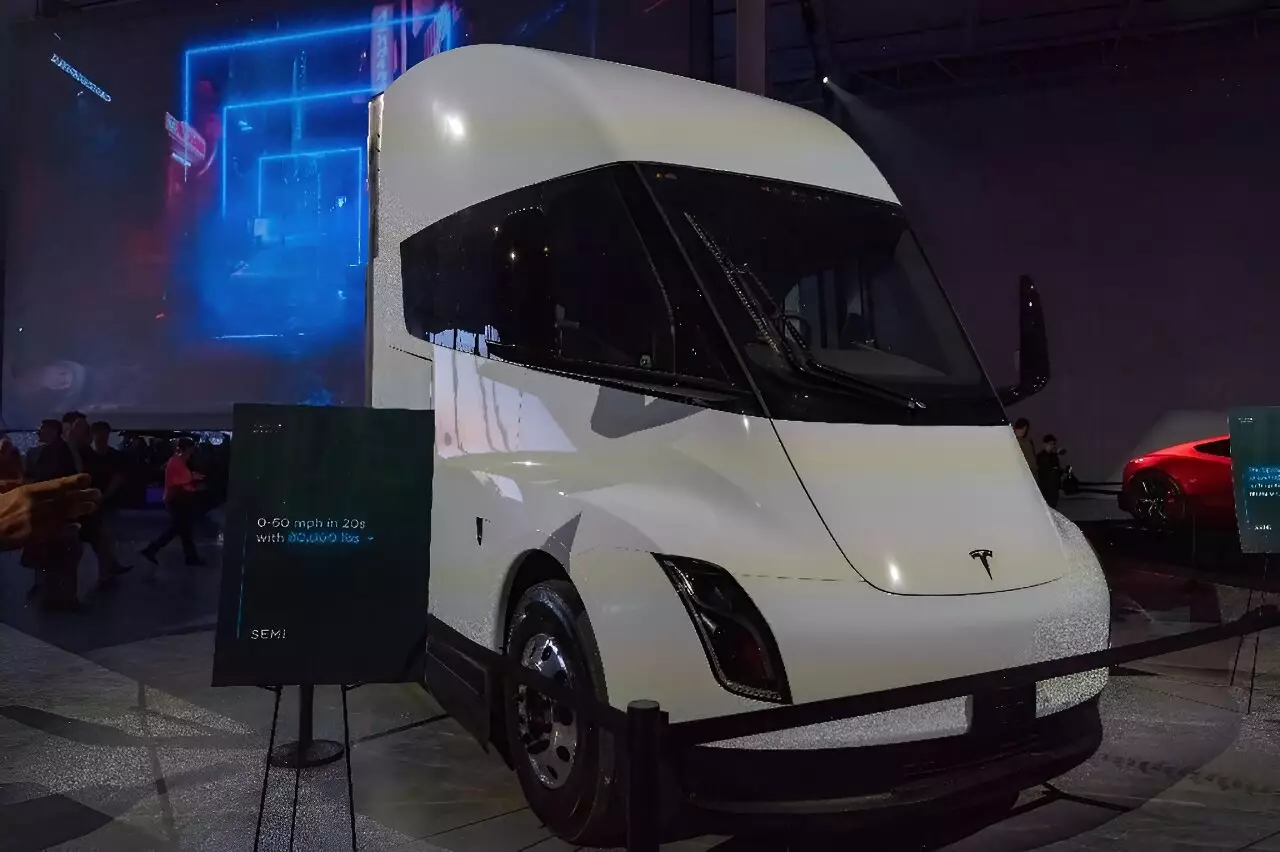In a recent incident that has put electric vehicle safety front and center, a Tesla Semi truck caught fire following a crash on August 19, 2023, near Emigrant Gap in California. According to reports from the National Transportation Safety Board (NTSB), this particular truck, operated by a Tesla employee, was en route from Livermore to a Tesla facility in Sparks, Nevada, when it veered off course, struck a tree, and ultimately rolled down a slope. Although the driver escaped unscathed, the real concern emerged from the ignition of the vehicle’s lithium-ion battery system post-impact, igniting a blaze that required an intense firefighting response.
The firefighting effort was unprecedented in scale, with emergency responders using nearly 190,000 liters (or 50,000 gallons) of water to douse the flames and cool the dangerously heated battery. The complexity of the situation was exacerbated by the well-documented risks associated with lithium-ion batteries in electric vehicles. In addition to utilizing a considerable amount of water, firefighters also deployed an aircraft for aerial application of fire retardant in the immediate vicinity, highlighting the seriousness of the situation. The thorough approach taken by the firefighting teams was a clear indication of the potential threat posed by such incidents, particularly in California, which is vulnerable to larger wildfires.
The implications of the fire extended beyond the immediate danger. The crash site led to the closure of a crucial freeway for around 15 hours, significantly disrupting local transportation. This incident serves as a stark reminder of the environmental hazards posed by electric vehicle battery systems during an emergency situation. Regulating bodies like the NTSB must scrutinize such occurrences, given that they could potentially escalate into broader environmental crises, especially in areas already at high risk for wildfires.
This incident raises questions about the safety protocols surrounding the production and operation of electric vehicles like the Tesla Semi, particularly as the automotive industry pushes toward a greener future. Tesla’s CEO, Elon Musk, recently asserted that large-scale production of the Semi is still on track to begin by the end of 2025, with initial deliveries to prominent clients like PepsiCo already having occurred. Yet, the safety concerns highlighted by this incident could pose a significant barrier to widespread acceptance and adoption of electric trucks.
As electric vehicles continue to gain popularity, the events in California underscore the urgent need for enhanced safety measures and protocols, particularly concerning lithium-ion battery systems. The Tesla Semi incident presents a learning opportunity for the automotive industry, regulatory agencies, and emergency responders. Ensuring that safety regulations keep pace with technological advancements will be crucial in mitigating risks and fostering trust among consumers wary of switching to electric vehicles. The intersection of innovation and safety will undoubtedly shape the future of transportation as we move toward a sustainable world.


Leave a Reply